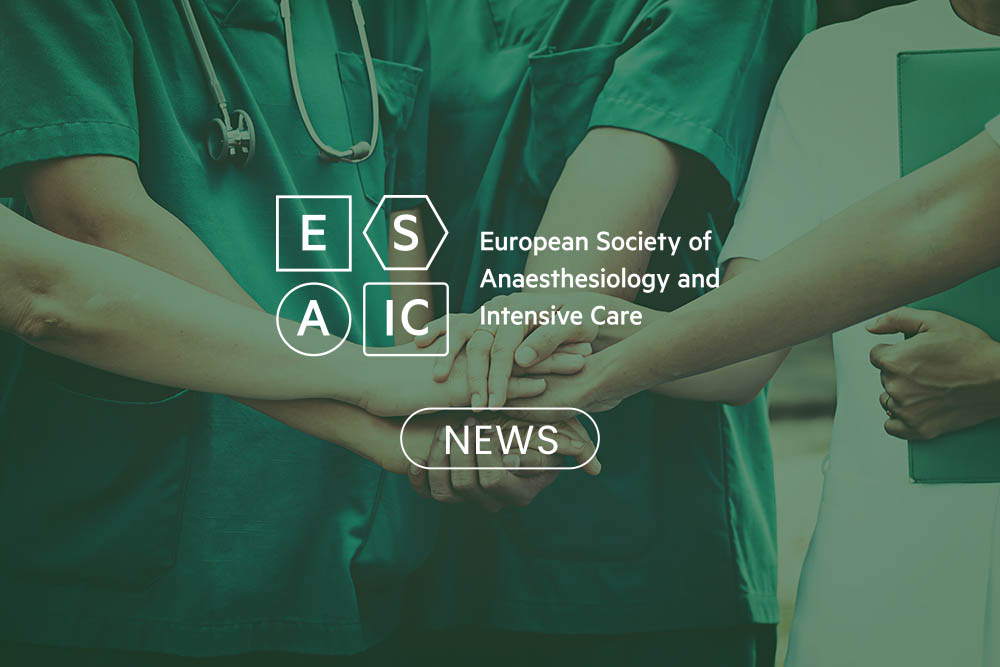Published
Pre-operative evaluation for elective noncardiac surgery
De Hert, Stefan*; Staender, Sven; Fritsch, Gerhard; Hinkelbein, Jochen; Afshari, Arash; Bettelli, Gabriella; Bock, Matthias; Chew, Michelle S.; Coburn, Mark; De Robertis, Edoardo; Drinhaus, Hendrik; Feldheiser, Aarne; Geldner, Götz; Lahner, Daniel; Macas, Andrius; Neuhaus, Christopher; Rauch, Simon; Santos-Ampuero, Maria Angeles; Solca, Maurizio; Tanha, Nima; Traskaite, Vilma; Wagner, Gernot; Wappler, Frank
The purpose of this update of the European Society of Anaesthesiology (ESA) guidelines on the pre-operative evaluation of the adult undergoing noncardiac surgery is to present recommendations based on the available relevant clinical evidence. Well performed randomised studies on the topic are limited and therefore many recommendations rely to a large extent on expert opinion and may need to be adapted specifically to the healthcare systems of individual countries. This article aims to provide an overview of current knowledge on the subject with an assessment of the quality of the evidence in order to allow anaesthesiologists all over Europe to integrate – wherever possible – this knowledge into daily patient care. The Guidelines Committee of the ESA formed a task force comprising members of the previous task force, members of ESA scientific subcommittees and an open call for volunteers was made to all individual active members of the ESA and national societies. Electronic databases were searched from July 2010 (end of the literature search of the previous ESA guidelines on pre-operative evaluation) to May 2016 without language restrictions. A total of 34 066 abtracts were screened from which 2536 were included for further analysis. Relevant systematic reviews with meta-analyses, randomised controlled trials, cohort studies, case-control studies and cross-sectional surveys were selected. The Grading of Recommendations Assessment, Development and Evaluation (GRADE) system was used to assess the level of evidence and to grade recommendations. The final draft guideline was posted on the ESA website for 4 weeks and the link was sent to all ESA members, individual or national (thus including most European national anaesthesia societies). Comments were collated and the guidelines amended as appropriate. When the final draft was complete, the Guidelines Committee and ESA Board ratified the guidelines.









